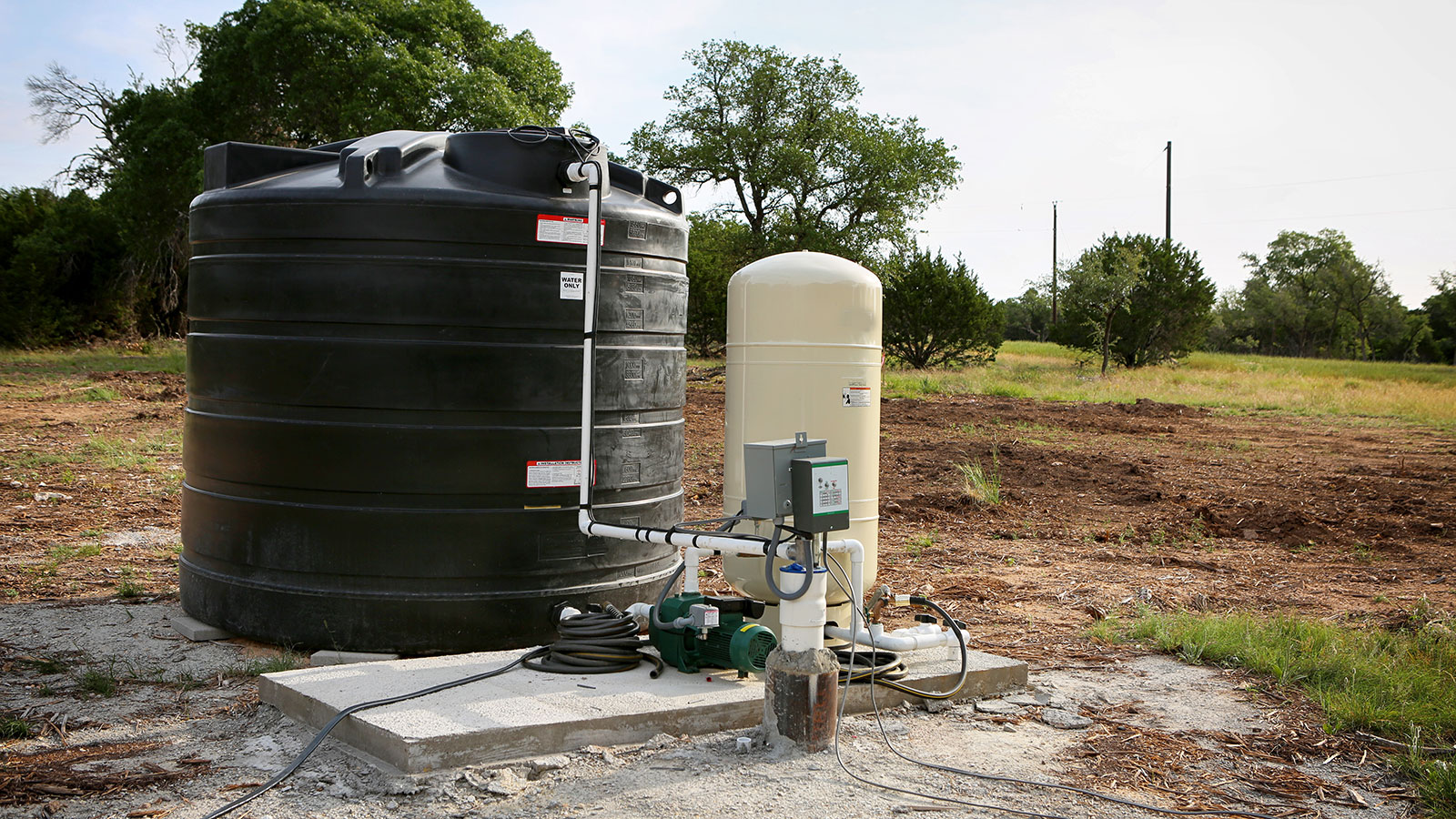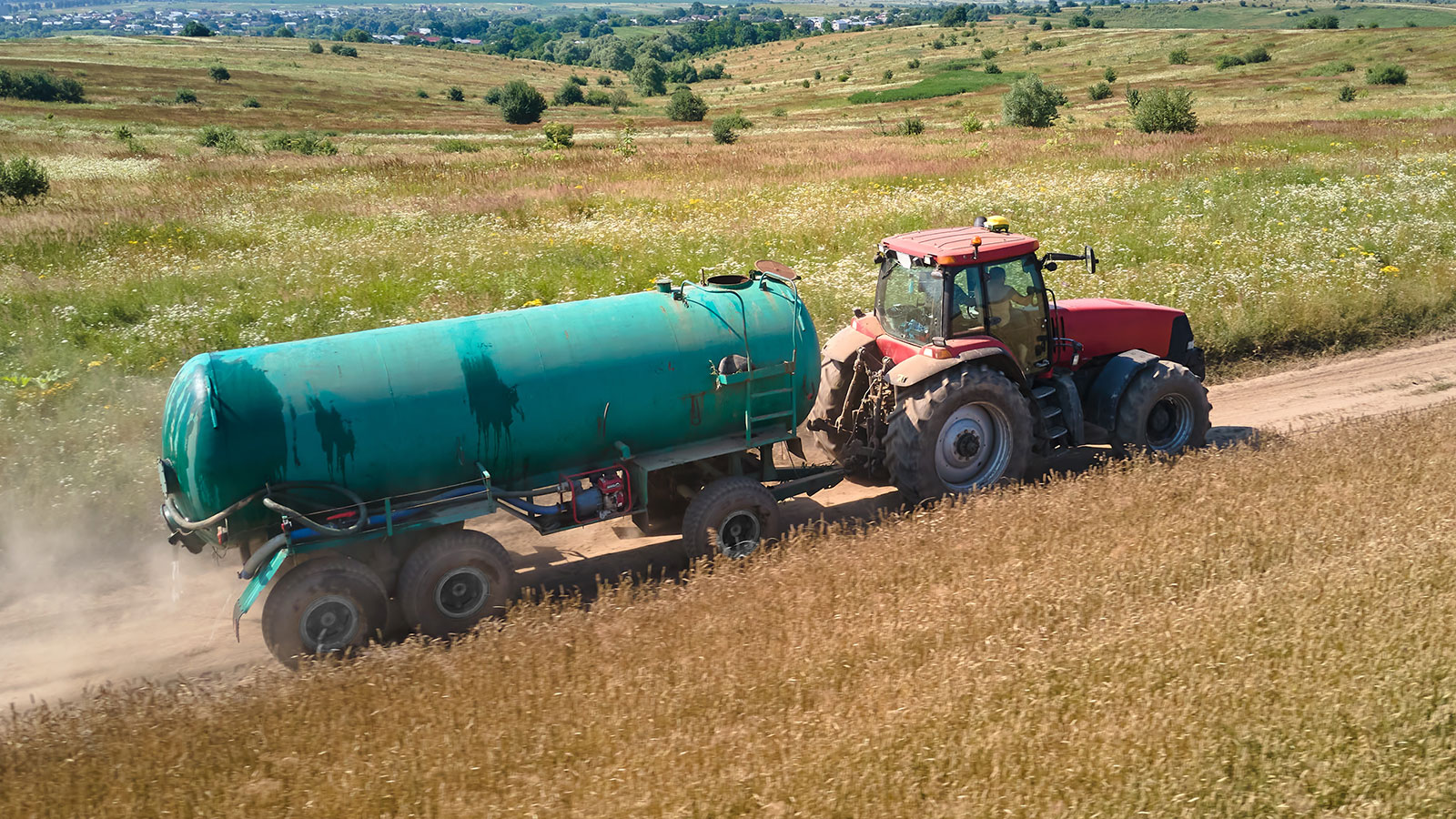Well permit within Mojave Water Agency’s (MWA) Jurisdiction: All well permit applications within MWA boundaries that are submitted on and after August 5, 2024, will be requested to complete MWA’s “Notice of Intent to Extract or Divert Water“. The form can be found along with the “Application for Well Permit” and is requested to be submitted with the application. Please visit www.mojavewater.org/well-permitting for additional information.
Safe Drinking Water
What Safe Drinking Water Does
The Safe Drinking Water Program inspects and permits community and non-community water systems that serve water to the public and enforces Federal and State regulations. These regulations ensure drinking water quality standards are met to keep water supplied to the public safe. Prior to issuing new water system permits, we evaluate and comment on Environmental Impact Reports from planning departments (city or county depending on incorporation).
Groundwater
Our team protects groundwater, surface water, and aquifers from pollution by approving and permitting the construction and destruction of monitoring wells, cathodic protection wells, and geothermal wells.
Water Quality
We provide general water quality information to residents who are planning to drill a well and respond and resolve complaints of water quality and poorly maintained wells.
Consulting
Provides input about water and wells to various County committees, including the Planning Commission and the Board of Supervisors; while also reviewing, commenting, and consulting on development projects in the unincorporated areas of the County.
- DROUGHT STATE OF EMERGENCYDROUGHT STATE OF EMERGENCY

- PUBLIC WATER SYSTEMSPUBLIC WATER SYSTEMS

- BACKFLOW PREVENTIONBACKFLOW PREVENTION

With California facing water shortfalls in the driest year in recorded state history, Governor Edmund G. Brown Jr. proclaimed a State of Emergency on January 17, 2014 and directed state officials to take all necessary actions to prepare for these drought conditions. EHS is compiling a resource list for both water system operators and the public to help save water and respond appropriately. This resource list can be found on our Environmental Health Emergencies page.
Notice of Funding Availability
Household & Small Water System Drought Assistance Program (HSWSDA)
The State Water Resources Control Board (State Water Board) authorized $5 million to assist individual households and small water systems to address drought‐related drinking water emergencies. Funds are administered by three non‐profit organizations. Funding is available as low‐interest loans and/or grants based on recipients income and affordability.
Environmental Health Services (EHS) Small Drinking Water System Program protects public health and safety by inspecting water systems to ensure pure and safe drinking water is supplied throughout San Bernardino County. In partnership with small drinking water systems owners/operators in our County, EHS conducts routine inspections to prevent waterborne diseases, identify risks of bacteriological, chemical and/or radiological contamination, and provide technical assistance. EHS has an agreement with the California Department of Public Health, Drinking Water Program (State Water Board) for administration and enforcement of the Federal and State statutes and regulations for any water systems under 200 service connections. Currently, there are 272 small drinking water systems.
Revised Regulations – California’s drinking water regulations were recently revised. The revisions included a change in nitrate reporting units. The nitrate MCL is now expressed as “10 mg/L (as nitrogen)” instead of “45 mg/L (as NO3)”. The MCL is not more stringent. The Division of Drinking Water believes this change will minimize confusion and facilitate reporting of results to U.S. EPA. Please help us transition to the new reporting units by ensuring that all future reporting by your State-certified laboratory is in the appropriate units (“as nitrogen”). Visit the State Water Resources Control Board website for more information or call EHS.
Consumer Confidence Reports (CCRs) – Visit the Water Board website to see files that will assist small water systems in completing the required notification to small water system customers and water users.
Consumer Confidence Reports (CCRs)
Visit the Water Board website to see files that will assist small water systems in completing the required notification to small water system customers and water users.
The County of San Bernardino requires that domestic water systems within this jurisdiction are protected against contamination or pollution as a result of inadequate protection due to the lack of or malfunctioning of backflow prevention assemblies. In addition, State regulated water purveyors are also required to monitor backflow prevention devices to meet the California Code of Regulations, Title 17 requirements. A Certificate of Competence issued by EHS is required to inspect, maintain, or test water back flow prevention assemblies.
The State Water Resources Control Board has adopted the Cross-Connection Control Policy Handbook (CCCPH), effective July 1, 2024. This new policy will involve additional requirements for future compliance.
For more details on the CCCPH and its implementation.
More Information
For more information on the backflow program, please contact Environmental Health Services.
The construction, reconstruction or destruction of any well requires a valid permit from EHS and the work must be performed by a licensed California State Contractor as appropriate to the activity to be engaged in (i.e. C-57). Drillers shall be registered with EHS prior to commencing any activity regulated by this Article.
Statewide Advisory on Sealing Materials for Wells – The California Department of Water Resources has released a Statewide Advisory on Sealing Materials for Wells in California to increase protection of our groundwater resources from potential contamination due to inadequately sealed wells.
Household Water Well System Loan Program
Need water? Rural Community Assistance Corporation (RCAC) may have loan options for individual water well systems.
Resources
Ready To Submit A Well Permit Application?
When submitting an application, please keep in mind applications must be complete, this includes having all required signatures, and will not be processed until both the application and payment are received. Environmental Health Services strives to process applications within 10 business days after receiving both payment and application.
Applications
Customers are now able to submit Well Permit Applications.
Effective January 1, 2018, the California Water Code Section 106.4(c) was amended to prohibit Counties and other local jurisdictions from issuing building permits for the construction of a new residential development where hauled water is the intended water supply. If a residence that received approval to use hauled water prior to January 1, 2018 is destroyed or damaged by a fire or natural disaster, the owner would be permitted to rebuild in-kind and continue the use of hauled water. Any proposed alteration, remodel, or addition deemed to be new construction to a property approved to use hauled water prior to January 1, 2018 would no longer be allow the usage of hauled water.
Multifamily Dwellings
Hauled water is not a permitted source of water for any multifamily dwellings pursuant to California Water Code Section 106.4(b) and the County Development Code.



